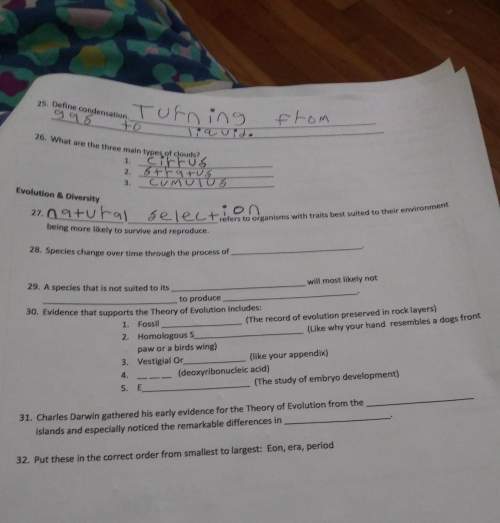
Imagine that you have three circuit elements: a single bulb, a piece of wire, and a battery. You start by keeping these three elements separate and unconnected. You use a voltmeter to measure the voltage across each of the three elements. Then, you connect the bulb, wire, and battery together to form a complete circuit, so that the bulb lights up. You repeat the measurements you made before, using the voltmeter to measure the voltage across each element while it is in the complete circuit. For the questions below, assume that the battery and the wire are ideal.
a. Compare the voltage across the battery: a) when the battery is by itself vs b) when the battery is part of the complete circuit. Is the voltage across the battery different in these two situations, or is the voltage the same? Explain your answer.
b. Compare the voltage across the bulb: a) when the bulb is by itself vs b) when the bulb is part of the complete circuit. Is the voltage across the bulb different in these two situations, or is it the same? Explain.
c. Now compare the voltage across the piece of wire: a) when the wire is by itself vs b) when the wire is part of the complete circuit. Is the voltage across the piece of wire different in these two situations, or is it the same? Explain your answer.
d. Now consider only the situation in which the battery, wire, and bulb have been arranged to form a complete circuit in which the bulb lights up. For this situation, rank i) the voltage across the battery, ii) the voltage across the bulb, and iii) the voltage across the piece of wire, according to their absolute values, from greatest to smallest. If any are the same, or if any are zero, state that explicitly. Explain your reasoning.

Answers: 1
Other questions on the subject: Physics

Physics, 22.06.2019 10:00, Trinhphuongtran
One object has a mass of 1 kg and another object has a mass of 3 kg. if the speeds are the same, which of the following is true about their kinetic energy?
Answers: 2

Physics, 22.06.2019 10:40, rainbowboi
As you are trying to move a heavy box of mass m, you realize that it is too heavy for you to lift by yourself. there is no one around to , so you attach an ideal pulley to the box and a massless rope to the ceiling, which you wrap around the pulley. you pull up on the rope to lift the box. use g for the magnitude of the acceleration due to gravity and neglect friction forces. once you have pulled hard enough to start the box moving upward, what is the magnitude f of the upward force you must apply to the rope to start raising the box with constant velocity? express the magnitude of the force in terms of m, the mass of the box.
Answers: 1

Physics, 22.06.2019 14:30, Scourge927
Multiply or divide to make this english distance conversion. 174 inches = feet (14.5, 58, 2,088, 23)
Answers: 2

Physics, 22.06.2019 16:40, Crxymia
Aparticle's position is given by x = 3.00 - 9.00t + 3t2, in which x is in meters and t is in seconds. (a) what is its velocity at t = 1 s? (b) is it moving in the positive or negative direction of x just then? (c) what is its speed just then? (d) is the speed increasing or decreasing just then? (try answering the next two questions without further calculation.) (e) is there ever an instant when the velocity is zero? if so, give the time t; if not, answer "0". (f) is there a time after t = 3 s when the particle is moving in the negative direction of x? if so, give the time t; if not, answer "0".
Answers: 3
Do you know the correct answer?
Imagine that you have three circuit elements: a single bulb, a piece of wire, and a battery. You sta...
Questions in other subjects:





Mathematics, 03.02.2020 23:01

Mathematics, 03.02.2020 23:01











